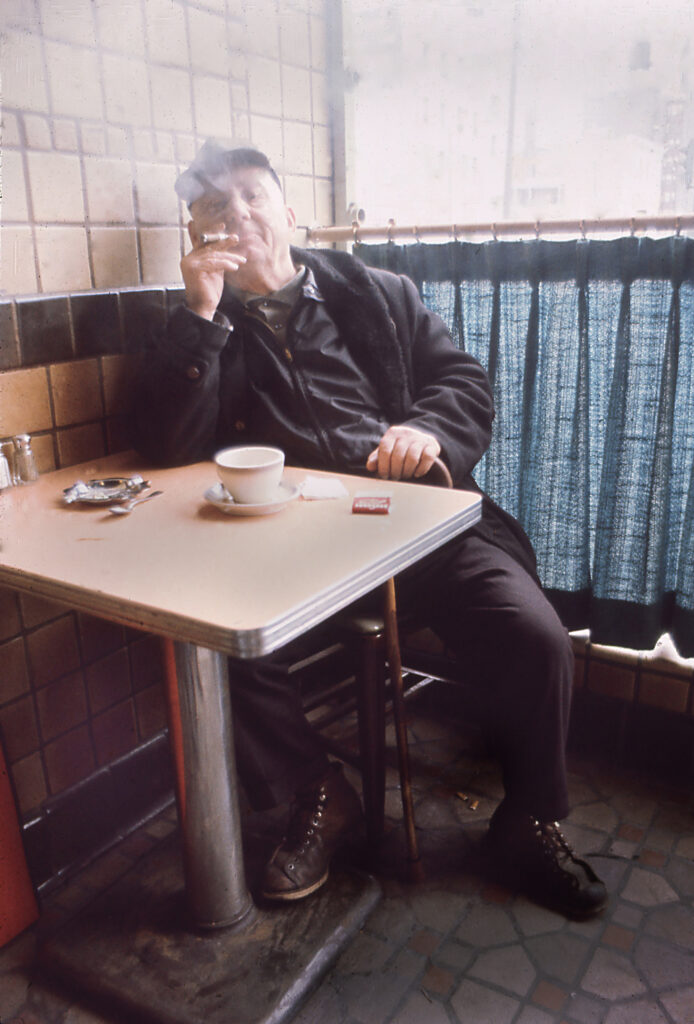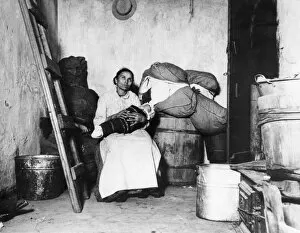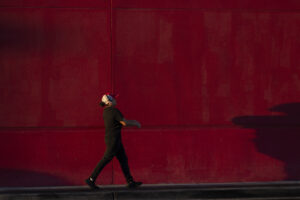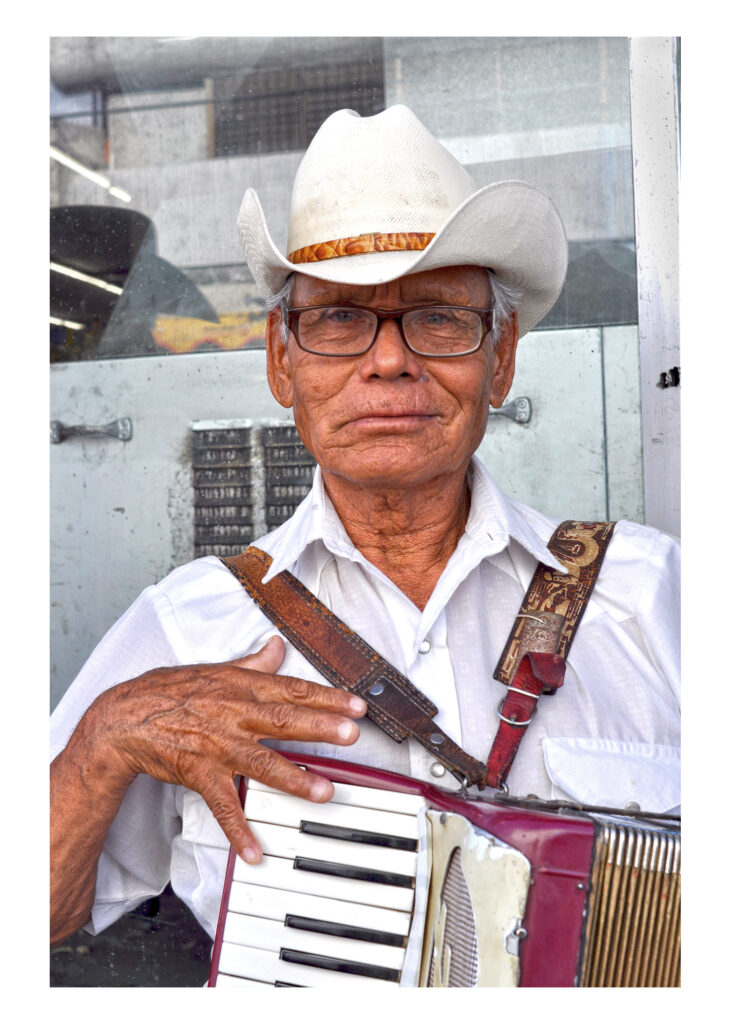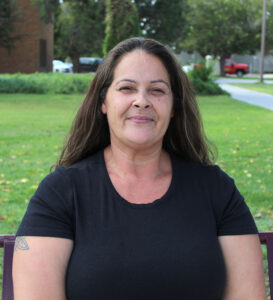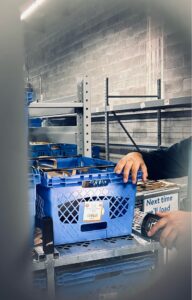HISTORY OF DOCUMENTARY PHOTOGRAPHY


Documentary photography is a branch of photography that is used to provide the public with a truthful and accurate representation of people, places, objects, and events. As a matter of fact, documentary photography is often used in reportage. It is believed that documentary photography began between the late 1800s and the early twentieth century. In the beginning of the twentieth century, photographers started to use the growing influence of photography to “expose society’s evils”. During this period, artists started seeing their camera as a tool for social change. They started to use photography to shed light on injustice, inequality and the ignored aspects of society. Alfred Stieglitz, Paul Strand, Charles Sheeler, Edward J. Steichen, Jacob Riis and others are popular documentary photographers that provided us with samples of early documentary practice in America. Jacob Riis was a police reporter for the New York Tribune, and in the early 1880s he added his own photographs of the city’s infamous Lower East Side slums to his investigative reporting. In 1890 Riis published his first book How the Other Half Lives that contained photographs of the living conditions in New York City slums. This book would later serve as a model for all documentary photographers that are dedicated to social change. However, documentary photography can also be considered a subjective art because not all photographers have the intention of using their images to aid social change. Photographers such as Lisette Model would photograph strangers on the streets of Paris and New York without their awareness. Although these photographs were not produced with the intention of bettering society, these images showed the world how people lived in those times.
Other than Jacob Riis’ How the Other Half Lives, Conservation Photography has been recognized as an important documentary project. Conservation Photography uses documentary photography to capture nature and landscapes with the purpose of advocating preservation and conservation in the natural environment. Carleton Watkin photographed Yosemite in 1864 for the California State Geological Survey. The breathtaking image then played a significant role in the establishing of Yosemite National Park.

Another important documentary photography project would be the one created by the Farm Security Administration (FSA). The FSA was created by Franklin Roosevelt in 1937 to aid poor farmers, sharecroppers, tenant farmers and migrant workers during the Great Depression. The FSA advocated government and economic intervention to improve the living conditions of rural America, which was criticized and labeled as “socialistic” by conservatives. To defend and promote the program, the Resettlement Administration director, Rexford Tugwell, created a photographic unit named the “Historical Section” to document rural poverty and government efforts to reduce it. Similarly, the Environmental Protection Agency (EPA) created a monumental photodocumentary project to record changes in the American environment. By the end of the 1960s, American land was being destroyed by unstoppable air, noise, and water pollution, which brought upon the creation of Documerica. Lewis Hine also played an important role in documentary photography. Hine was a New York City teacher and photographer, but he quit his teaching job to become an investigative reporter for the National Child Labor Committee to expose the abuse of children as workers. He traveled the country and photographed the working conditions of children in all types of industries, such as coal mines, meatpacking houses, textile mills, and canneries. In order to have captions for his images, Hines would interview the children involved with some sort of pretext.
Having already covered photographers and photography in the late 1800s, there were also important documentary photographers in the 20th and 21st century. An important documentary photographer in the 1930s was Dorothea Lange. Dorothea Lange was best known for her Depression-era work for the Farm Security Administration. Lange’s images also played an important role in documenting the consequences of the Great Depression. Another important documentary photographer in the 1940s was Marion Palfi. Palfi was a German immigrant to the United States during World War II. When she arrived at the United States she witnessed and documented the economic, racial and social inequalities that existed in the 1940s.
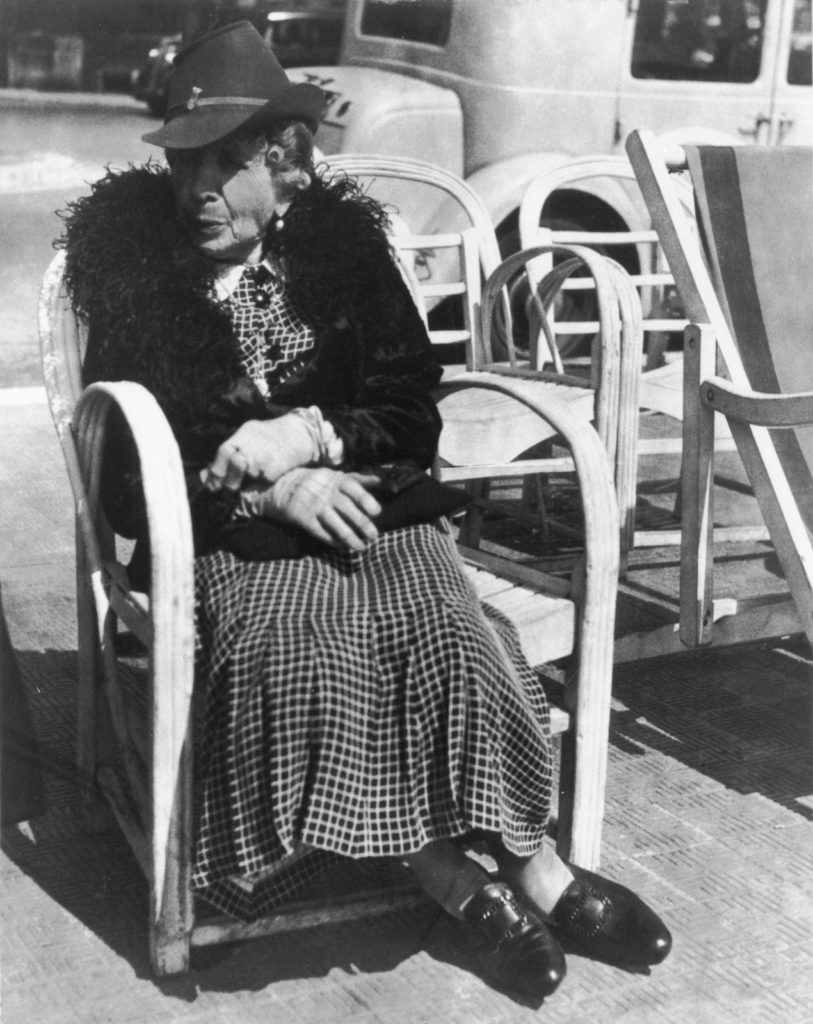
On the other hand, a new kind of documentary photography emerged in the 1960s. Photographers, such as Lee Friedlander and Diane Arbus, created a new kind of documentary photography in which they focused on their own personal experiences. Inspired by Lisette Model, these photographers would document the everyday lives of common people. Finally, an important pair of documentary photographers in the 21st century would be Adam Broomberg and Oliver Chanarin. They are the creative directors of Benetton’s Colors magazine. In their photographs they address mental health and penal system issues.
In conclusion, documentary photography is and always will be meant to be published. This could be done through a book or a newspaper, and today documentary photography can be published through a blog, a website or even social media. Documentary photography is when a camera becomes a tool for social change, and upcoming generations can also view these images to have a feel of what life was like in previous years.
